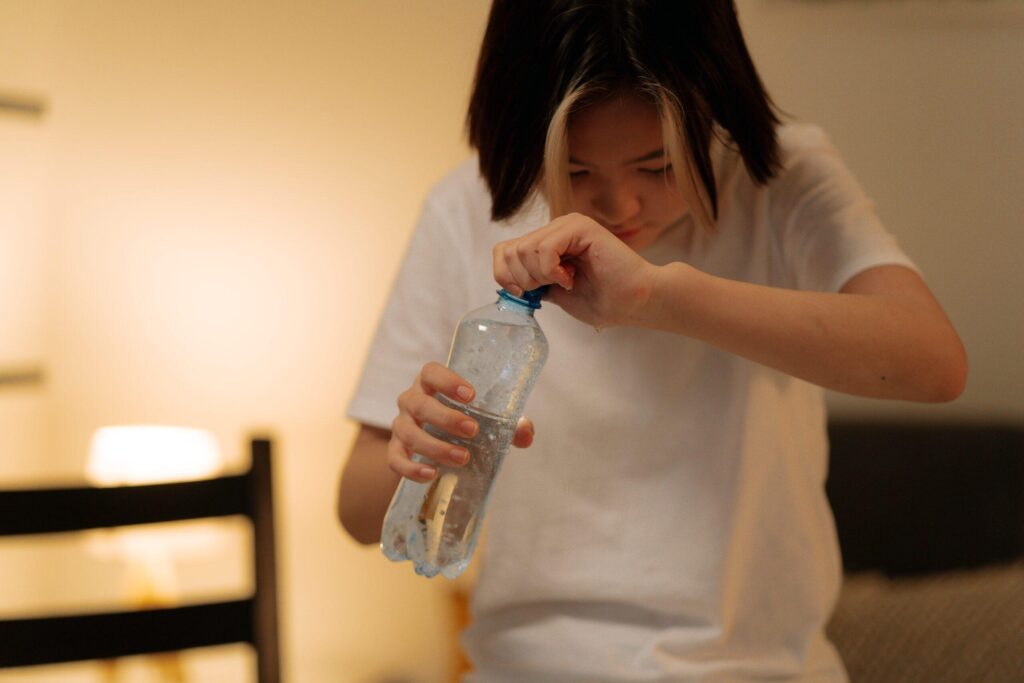The Answer to Failure is: “Do It Again!”
You’re practicing on your own and you can’t get that move right: do it again. You’re in class and you fail at a technique: ask your partner to give you their part again. You’re sparring with a peer and they get around your defense: ask them to back up and do it again.
Do it again until you fully understand the challenge. Do it again until you’ve found a solution. Do it again until you’ve conditioned a new response. In its simplest form, practice is about identifying challenges, understanding them, solving them, and training through them. Then repeat. If you’re not failing, do it again. This time: up the challenge, up the personal risk, up the vulnerability of doing it wrong, then repeat the steps above.
Creating Solutions for Problem Areas
To improve at something you need to purposefully focus on problem areas. “Doing it again” means repeating a particular challenge so you can get in as many effective repetitions as possible in as short a time as possible.
Practice Challenge Reconnaissance. Most challenges will not be solved in a single session of training. Use your time to best diagnose and understand the dimensions of the challenge. Then you can build a training plan that targets the solution long-term.
Set Aside Your Ego. Practicing something you’re not good at over and over again means failing at it lots and lots. Someone who is prepared to step into repeated failure, and doggedly work to get better, is a far more admirable practitioner than someone who limits themselves only to practicing what they already know how to do well.
Do It Slower. To both understand a problem as well as to work on solutions, try slowing down the action. In a solo exercise, cut the speed in half so you can work on each nuance of the movement. Draw your attention to your fingers and hands, the alignment of your joints, the placement of your weight, and your connection to the ground. With a partner, have them slow down their part so you can best see it and feel it. Work cooperatively to identify the problem and then the answer. Once solved, gradually bring the speed back without losing the precision of the solution.
Use Your Partners Effectively
Build a strong reciprocal relationship with your training partners. Make sure that you contribute equally to their training (over time) and they will gladly “do it again” for you over and over. Most people in a class or at a sparring session are not only there to learn and get better themselves but to help others get better as well. There is so much to learn from helping others; and, the more that your training partners improve the more the overall skill of your group will rise (yours included). Don’t be bashful about getting help and stay active in offering your own.
Tell us about problem areas and creating solutions in the comments. Good training everyone!
Devon




Responses